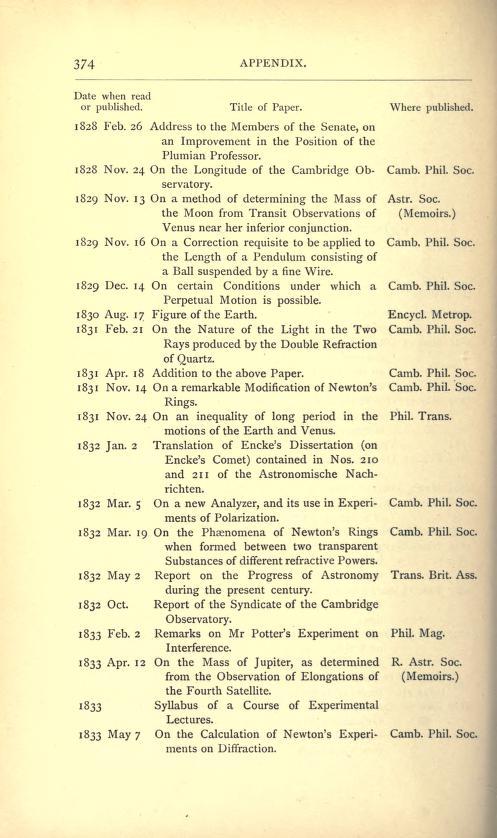George Biddell Airy was an English mathematician. He was Astronomer Royal from 1835 to 1881
According to the Bessler Wheel web-site (a site dedicated to investigationg perpetual motion machines, Airy wrote the paper titled On certain Conditions under which a Perpetual Motion is possible, published in Cambridge Philosophical Transactions, December 14, 1829. They provide scans of the paper:
It is well known that perpetual motion is not possible with any Laws of force with which we are acquainted. The impossibility depends on the integrability per se of the expression Xdx + Ydy + Zdz: and as in all the forces of which we have an accurate knowledge this expression is a complete differential, it follows that perpetual motion is incompatible with those forces.
But it is here supposed that, the law of the force being given, the magnitude of the force acting at any instant depends on the position, at that instant, of the body on which it acts. If however the magnitude of the force should depend not on the position of the body at the instant of the force's. action, but on its position at some time preceding that action, the theorem that we have stated would no longer be true. It might happen that, every time that the body returned to the same position, its velocity would be less than at the preceding time: in this case the body's motion would ultimately be destroyed. On the contrary it might happen, that the body's velocity in any position
I am skeptical that this was originally written by Airy because of its impenetrable style and it is apparently nonsense.
Was this paper written by Airy?

